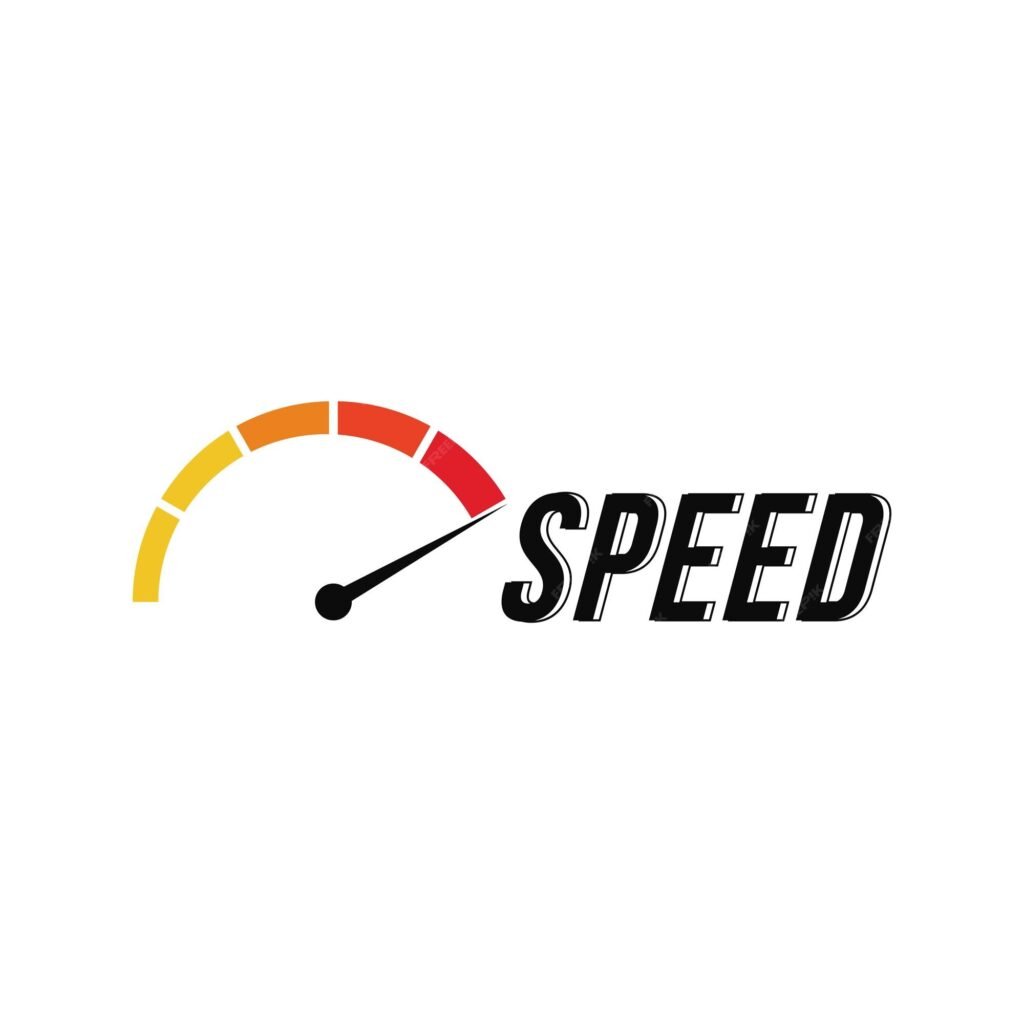Introduction
In today’s fast-paced digital world, speed matters—especially when it comes to your website. A slow-loading WordPress site can frustrate users, increase bounce rates, and negatively impact your SEO rankings. In contrast, a lightning-fast website offers a better user experience, keeps visitors engaged, and improves conversions.
If your WordPress website is sluggish, don’t worry. This step-by-step guide will walk you through actionable techniques to boost performance and get your site running smoothly in no time.
Why Website Speed Matters
Before we dive into the how, let’s understand the why:
- User Experience: Faster websites lead to higher satisfaction and retention.
- SEO Rankings: Google uses page speed as a ranking factor.
- Conversion Rates: A delay of even one second can reduce conversions by 7%.
- Mobile Performance: Speed is even more critical on mobile devices.
Step 1: Choose a Reliable Hosting Provider
Your hosting provider plays a huge role in how fast your site loads. Shared hosting may be cheaper, but it can slow down your site during traffic spikes.
Recommended Hosting Options:
- SiteGround
- Cloudways
- Kinsta
- WP Engine
Pro Tip: Opt for managed WordPress hosting to offload caching, security, and performance optimization to experts.
Step 2: Use a Lightweight WordPress Theme
Not all themes are created equal. A bloated theme packed with unnecessary features can slow down your site.
Top Lightweight Themes:
- Astra
- GeneratePress
- Neve
- Hello (for Elementor users)
Tip: Avoid themes with excessive animations or bundled plugins unless necessary.
Step 3: Install a Caching Plugin
Caching stores a static version of your website, which means faster load times for returning visitors.
Best Caching Plugins:
- WP Rocket (premium but worth it)
- W3 Total Cache
- LiteSpeed Cache (for LiteSpeed servers)
- WP Super Cache
Setup Tips:
- Enable page caching and browser caching.
- Minify CSS, JavaScript, and HTML.
- Enable lazy loading for images.
Step 4: Optimize Images
Images are often the heaviest elements on a page. Compressing them without sacrificing quality can drastically improve performance.
Image Optimization Tools:
- ShortPixel
- Smush
- TinyPNG
- Imagify
Tips:
- Use next-gen formats like WebP.
- Avoid uploading large images and resize them before uploading.
- Enable lazy loading.
Step 5: Use a Content Delivery Network (CDN)
A CDN stores your site’s files on multiple servers around the globe. This reduces latency and speeds up loading times for users far from your main server.
Popular CDN Services:
- Cloudflare
- Bunny.net
- StackPath
- KeyCDN
Tip: Cloudflare offers a free plan that’s more than enough for most small to medium websites.
Step 6: Minify and Combine Files
Large CSS and JavaScript files can increase load times. Minifying and combining them reduces file size and the number of HTTP requests.
Tools to Use:
- Autoptimize
- WP Rocket
- Fast Velocity Minify
Bonus Tip: Be careful when combining JavaScript files—it can sometimes break functionality.
Step 7: Clean Up Your Database
Over time, your WordPress database accumulates junk—revisions, spam comments, trashed posts, etc. Cleaning it improves performance.
Plugins for Database Optimization:
- WP-Optimize
- Advanced Database Cleaner
Tips:
- Schedule automatic cleanups.
- Take a backup before any major cleanup.
Step 8: Disable or Remove Unused Plugins
Too many active plugins can slow down your site. Evaluate which ones you truly need.
Tips:
- Deactivate and delete unnecessary plugins.
- Look for lightweight alternatives.
- Avoid plugins with overlapping functionality.
Step 9: Implement GZIP Compression
GZIP compresses your website files before sending them to the browser, significantly reducing load time.
How to Enable GZIP:
- Use a plugin like WP Rocket.
- Add the appropriate code to your
.htaccessfile if on Apache. - Use server settings or ask your hosting provider.
Step 10: Monitor Performance Regularly
Regular testing helps identify performance bottlenecks before they become major issues.
Recommended Tools:
- Google PageSpeed Insights
- GTmetrix
- Pingdom
- WebPageTest
Tips:
- Test on desktop and mobile.
- Use data from real-world conditions.
- Track performance changes after each optimization.
Bonus Tips
Defer JavaScript Loading
Deferring JavaScript ensures that scripts load only after the main content is visible, improving perceived load time.
Use Font Optimization
Host fonts locally or use system fonts to reduce the number of requests. Limit the number of font families and weights.
Optimize Homepage
Keep your homepage simple. Limit the number of posts, avoid autoplay media, and reduce widgets.
Common Mistakes to Avoid
- Using too many plugins
- Ignoring mobile performance
- Skipping regular updates
- Not optimizing media files
- Using low-quality hosting
Final Thoughts
Speeding up your WordPress site is not a one-time task—it’s an ongoing process. With the right combination of hosting, themes, plugins, and best practices, you can significantly enhance your website’s speed and performance. This not only helps with SEO and user retention but also boosts conversions and credibility.
Start with the basics—optimize images, choose reliable hosting, and install a caching plugin. Then, gradually work your way through the more advanced steps. Remember to test changes, back up your site, and stay updated with the latest optimization trends.
Here’s to a faster, leaner, and more efficient WordPress website in 2025!
